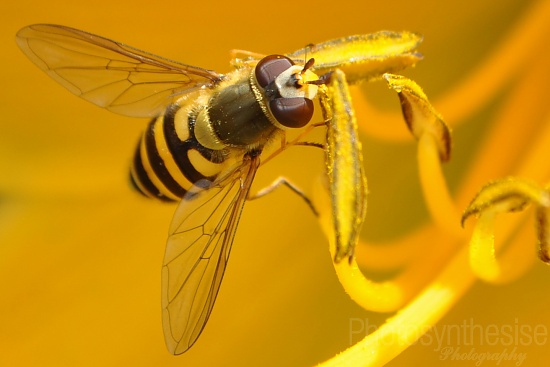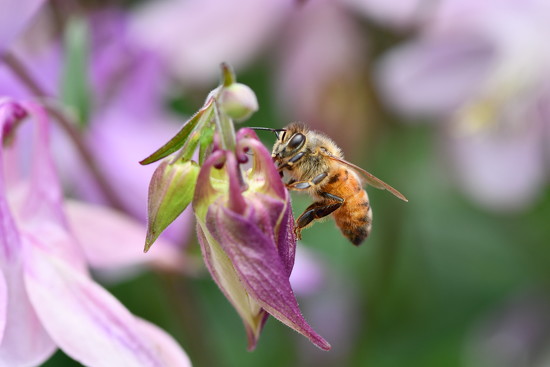True macro photography can require a wealth of specialist equipment, but that does not mean that there isn’t an opportunity for a beginner with nothing more than an SLR or a point and shoot to take pictures of all the beautiful bugs that are about.
Here are a few hints to get started with taking photos of insects, which we will follow up with a guide to macro photography for photographers who want to learn more advanced techniques.
Location
Hunting insects in the wild can be a frustrating and at times unrewarding task, but patience is the key. Start off trying to capture shots of insects you know will be in your garden, or head to a place where you know they appear. Alternatively, you can use a bug catcher or trap and contain your subject in a tank for practice.
Timing
Mid winter is not the time to decide to take up insect photography, unless you are planning to pass the long dark days by practicing indoor captive shots! Spring, summer and autumn are when insects are in abundance, but that is not the only time factor to consider. The golden hours in the morning and in the afternoon cast a favourable light for this type of photography; however, many insects are drowsier in the morning before they have had a chance to 'warm up' for the day. Therefore, you will be less likely to disturb them whilst taking a photograph.
Distance
Ideally you want to get as close to the insect as possible, because you want to take a macro shot, not zoom in (there is a difference, we will go into more detail in the Macro Photography post), but not so close you scare it off… or worse. How close you need to get will depend on the lens you are using. For example if you are using a 50mm lens you will be about 4cm away, whereas using a 180mm you can still get a life size shot from 20cm away.
Tip
Keeping distance between you and your insect isn't just about not scaring it off before you have released the shutter, it is particularly important if you are trying to take a picture of a poisonous insect, or one that may sting or bite.
Light
When you are approaching your subject, be sure not to cast a shadow. Insects are very sensitive to heat and light, and the slightest difference in temperature can cause them to change their angle, or disappear altogether.
Tip
For the same reasons, make sure that when you are getting up close that you don't breathe on the insect either!
Depth of field
Macro photography reduces the depth of field greatly, which means that you will need to decide what part of your subject is in focus. This should ideally be the most interesting feature or an aspect of the insect that you feel connects with the viewer. Traditionally in insect photography, this is the eyes, although patterns and shapes on wings for example are an interesting detail.
Angles
I have heard many people say that insect photography should be approached the same as a portrait. The idea is to capture the unique and interesting features that make that insect interesting. Avoid overhead shots that will have the aesthetic of a biology book, and instead think about framing the pictures as if it were a portrait of a person. Consider the background and how it will compliment or contrast with the shot and the characteristics of that specific species that make it an interesting subject.
These basic tips should help you get started with insect photography. Remember experimentation is the key, and not scaring off your subject is half the battle! We will go into more detail about macro photography in general in the next couple of weeks covering lenses, settings and specialist equipment as well as what true macro photography is, but in the meantime, please do share your insect pictures with us in the comments below!
**Photos updated December 29 2018**






CHRISTMAS DRAGON
Hope this overhead shot doesn't have too much of a biology book look to it.